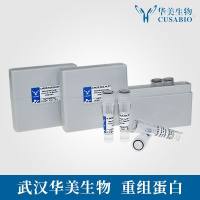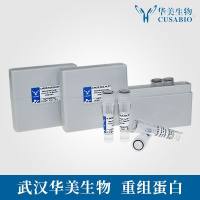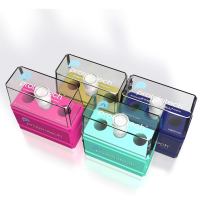Fluorescence resonance energy transfer (FRET) is a widely used technique to study the structure and dynamics of nucleic acids in solution. Such a technique often uses only one donor fluorophore and one acceptor fluorophore to probe the distance and its changes between the two labeled sites. To fully understand molecules with complicated structures, such as three- or four-way DNA junctions, several dual-fluorophore experiments have to be performed. Here, we describe an emerging alternative technique using multifluorophore FRET, in which simultaneous labeling of one molecule with several different fluorophores is performed to acquire all the distance information in a single experiment. This method decreases the number of experiments necessary to perform and increases the consistency of the results. In this chapter, FRET study of a tri-fluorophore-labeled DNAzyme serves as an example to illustrate the design of multi-fluorophore FRET experiments and the related data processing and analysis. The (ratio )A method used to calculate FRET efficiency in dual-fluorophore systems is extended to multi-fluorophore systems. An important difference between dual- and multi-fluorophore systems is that, when a multi-fluorophore system is used, FRET efficiency is no longer a reliable parameter to assess folding. Instead, fluorophore-to-fluorophore distance should be used.






